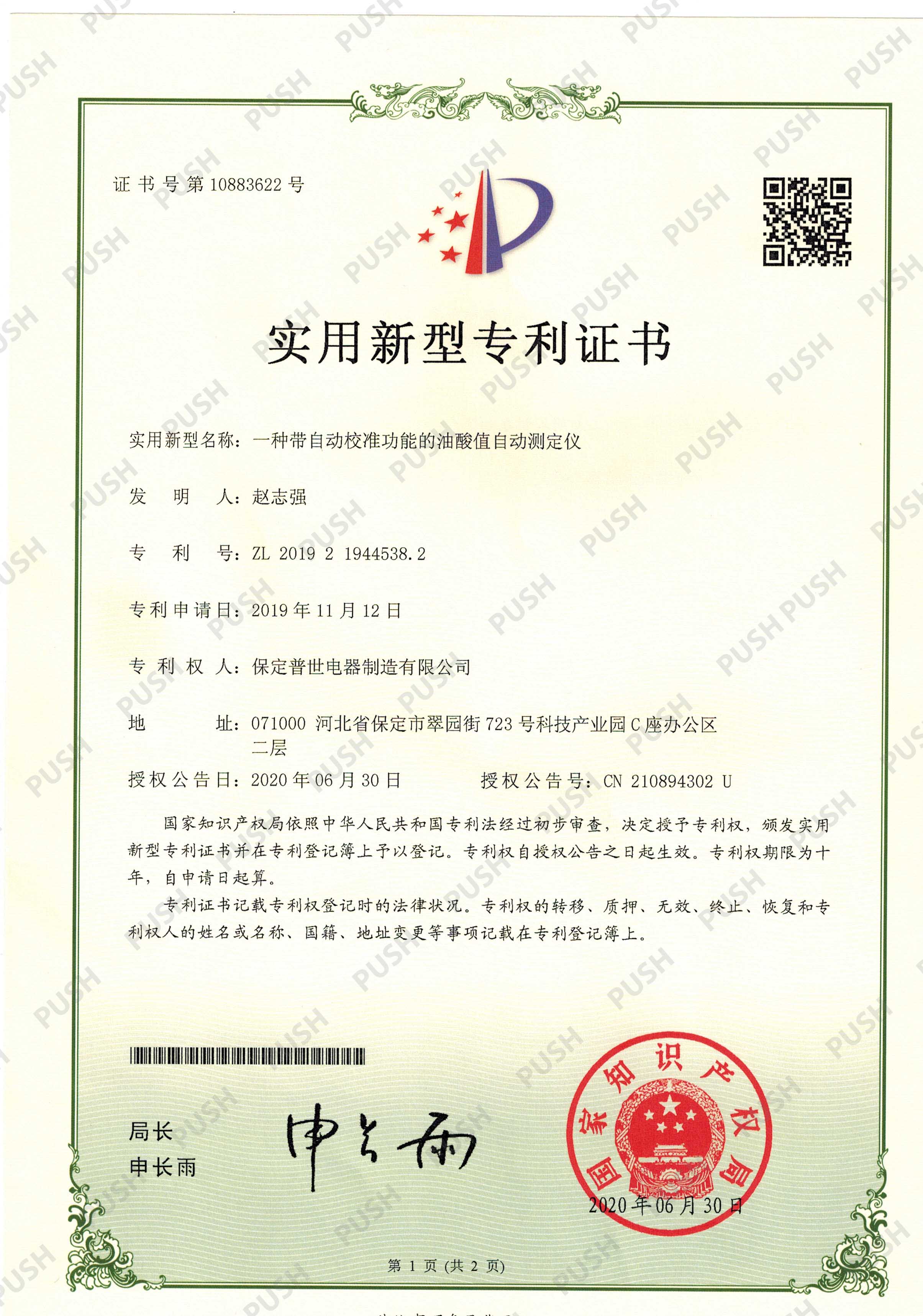 English
English



-
 Afrikaans
Afrikaans -
 Albanian
Albanian -
 Amharic
Amharic -
 Arabic
Arabic -
 Armenian
Armenian -
 Azerbaijani
Azerbaijani -
 Basque
Basque -
 Belarusian
Belarusian -
 Bengali
Bengali -
 Bosnian
Bosnian -
 Bulgarian
Bulgarian -
 Catalan
Catalan -
 Cebuano
Cebuano -
 China
China -
 China (Taiwan)
China (Taiwan) -
 Corsican
Corsican -
 Croatian
Croatian -
 Czech
Czech -
 Danish
Danish -
 Dutch
Dutch -
 English
English -
 Esperanto
Esperanto -
 Estonian
Estonian -
 Finnish
Finnish -
 French
French -
 Frisian
Frisian -
 Galician
Galician -
 Georgian
Georgian -
 German
German -
 Greek
Greek -
 Gujarati
Gujarati -
 Haitian Creole
Haitian Creole -
 hausa
hausa -
 hawaiian
hawaiian -
 Hebrew
Hebrew -
 Hindi
Hindi -
 Miao
Miao -
 Hungarian
Hungarian -
 Icelandic
Icelandic -
 igbo
igbo -
 Indonesian
Indonesian -
 irish
irish -
 Italian
Italian -
 Japanese
Japanese -
 Javanese
Javanese -
 Kannada
Kannada -
 kazakh
kazakh -
 Khmer
Khmer -
 Rwandese
Rwandese -
 Korean
Korean -
 Kurdish
Kurdish -
 Kyrgyz
Kyrgyz -
 Lao
Lao -
 Latin
Latin -
 Latvian
Latvian -
 Lithuanian
Lithuanian -
 Luxembourgish
Luxembourgish -
 Macedonian
Macedonian -
 Malgashi
Malgashi -
 Malay
Malay -
 Malayalam
Malayalam -
 Maltese
Maltese -
 Maori
Maori -
 Marathi
Marathi -
 Mongolian
Mongolian -
 Myanmar
Myanmar -
 Nepali
Nepali -
 Norwegian
Norwegian -
 Norwegian
Norwegian -
 Occitan
Occitan -
 Pashto
Pashto -
 Persian
Persian -
 Polish
Polish -
 Portuguese
Portuguese -
 Punjabi
Punjabi -
 Romanian
Romanian -
 Russian
Russian -
 Samoan
Samoan -
 Scottish Gaelic
Scottish Gaelic -
 Serbian
Serbian -
 Sesotho
Sesotho -
 Shona
Shona -
 Sindhi
Sindhi -
 Sinhala
Sinhala -
 Slovak
Slovak -
 Slovenian
Slovenian -
 Somali
Somali -
 Spanish
Spanish -
 Sundanese
Sundanese -
 Swahili
Swahili -
 Swedish
Swedish -
 Tagalog
Tagalog -
 Tajik
Tajik -
 Tamil
Tamil -
 Tatar
Tatar -
 Telugu
Telugu -
 Thai
Thai -
 Turkish
Turkish -
 Turkmen
Turkmen -
 Ukrainian
Ukrainian -
 Urdu
Urdu -
 Uighur
Uighur -
 Uzbek
Uzbek -
 Vietnamese
Vietnamese -
 Welsh
Welsh -
 Bantu
Bantu -
 Yiddish
Yiddish -
 Yoruba
Yoruba -
 Zulu
Zulu
Creating a for TTR Testing in Language Learning Contexts
Understanding TTR (Type-Token Ratio) and Its Significance in Language Studies
In the realm of linguistics and language assessment, the Type-Token Ratio (TTR) serves as a pivotal metric for evaluating vocabulary diversity within a given text. TTR comparison is essential in psycholinguistics, second language acquisition, and even in the analysis of literary works. But what exactly is TTR, and why is it significant?
What is TTR?
The Type-Token Ratio is calculated by dividing the number of unique words (types) in a text by the total number of words (tokens) used. For example, if a text contains 100 words in total, and among them, there are 70 unique words, the TTR would be 0.70. This ratio indicates the richness and variety of vocabulary presented in the text. A higher TTR suggests a greater lexical diversity, while a lower ratio may indicate repetition or a more limited vocabulary.
Importance of TTR
1. Language Proficiency Assessment TTR is often utilized in assessing language proficiency, particularly in second language learners. By analyzing the TTR in their spoken or written output, educators can gauge the learners' vocabulary range and development. A higher TTR indicates that the learner is using a broader set of vocabulary, which is often associated with higher proficiency levels.
2. Textual Analysis In literary studies, TTR can provide insights into an author’s style. Different writers have distinct vocabularies, which may reveal their personal influences, education, or the genre they are working within. For instance, a poet may exhibit a lower TTR due to the use of repeated phrases for stylistic effect, while a novelist might demonstrate a higher TTR owing to the narrative complexity and character development.
ttr tester

3. Psycholinguistic Research Researchers studying language development in children or individuals with language disorders can use TTR as a measure of vocabulary growth over time. A child’s increasing TTR can denote improved linguistic capabilities, while a stagnant or declining TTR may signal potential difficulties in language acquisition or processing.
4. Comparative Studies TTR allows for comparisons across texts, genres, or even across cultures. For example, it can be illuminating to compare the TTR of spoken language versus written language within various contexts. Similarly, TTR can help identify regional differences in speech among native speakers, shedding light on sociolinguistic patterns.
Limitations of TTR
While TTR is a valuable tool, it does have limitations. The ratio can be influenced by the length of the text; longer texts may naturally lead to a lower TTR due to repetition. Therefore, it is crucial to standardize text length when utilizing TTR for comparison. Moreover, TTR does not take into account the frequency of usage of particular words, which can also impact perceptions of lexical richness. Some linguists advocate for using adjusted ratios or combining TTR with other metrics to provide a more comprehensive analysis of vocabulary use.
Conclusion
The Type-Token Ratio is a significant linguistic tool that facilitates the exploration of vocabulary diversity in various contexts. Whether in language education, literary analysis, or psycholinguistic research, understanding and applying TTR can yield insightful findings about language use and development. As researchers and educators continue to evolve their understanding of language dynamics, TTR will undoubtedly remain a critical measure in the toolkit of language assessment and analysis. Through this metric, we can appreciate the complexity of language and the richness it brings to communication.
-
Testing Equipment Industry Sees Major Advancements in 2025: Smart & Precision Technologies Lead the WayNewsJun.06,2025
-
Applications of Direct Current Generators in Renewable Energy SystemsNewsJun.05,2025
-
Hipot Tester Calibration and Accuracy GuidelinesNewsJun.05,2025
-
Digital Circuit Breaker Analyzer Features and BenefitsNewsJun.05,2025
-
Benefits of Real-Time Power Quality Monitoring Devices for Industrial EfficiencyNewsJun.05,2025
-
Earth Fault Loop Testing in High-Rise Building Electrical SystemsNewsJun.05,2025



